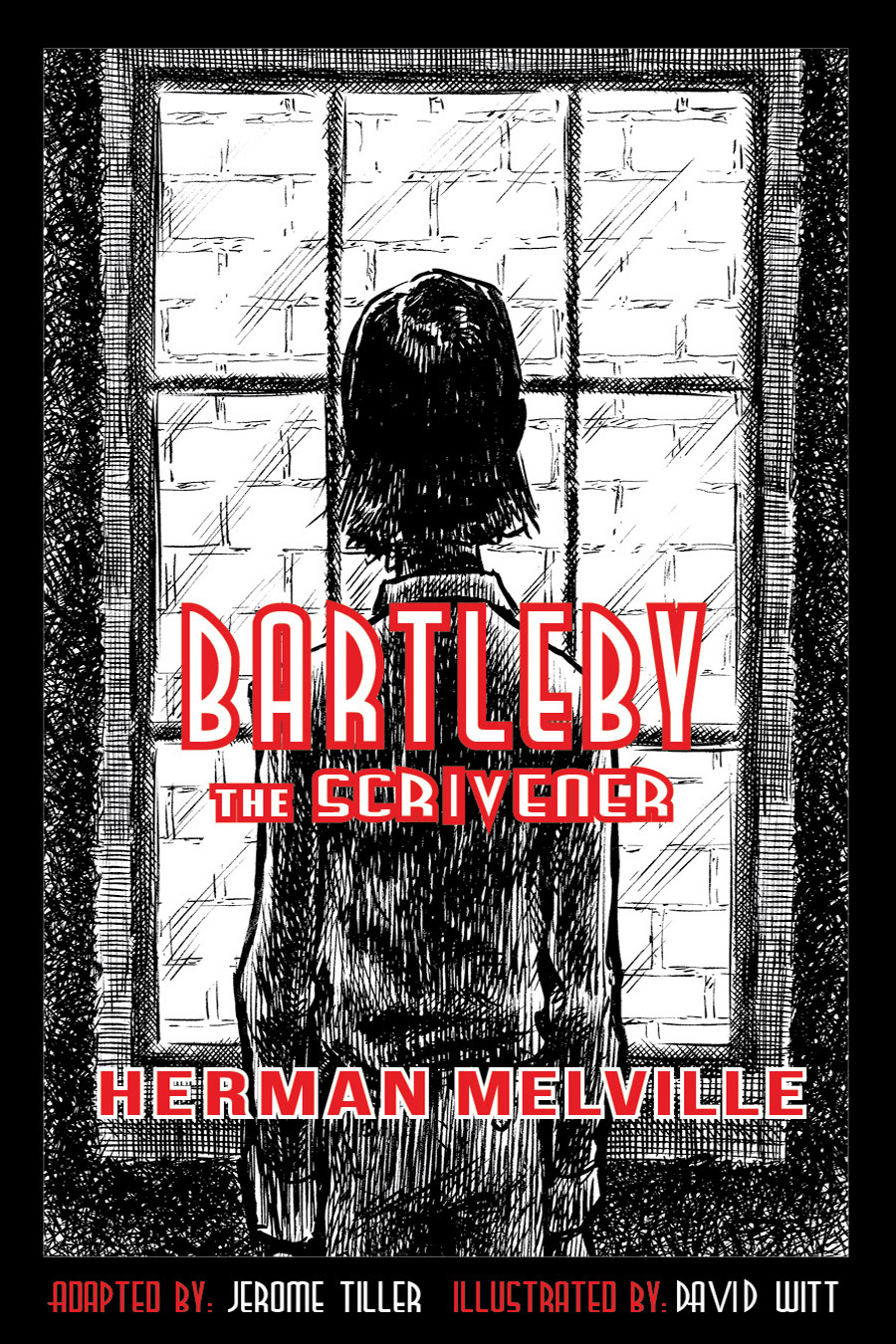The first-person opening of Thou Art the Man
by Jerome Tiller, in illustrated classic literature
, Authors
, Edgar Allan Poe
, middle school literature
Language, both vocabulary and the written ordering of words, changes over time. And the trend has always been towards simplification. I make minor changes to narratives with that in mind.
However, in the case of Thou Art the Man, I also eliminated the story’s opening paragraph. And that opening paragraph immediately identified the story’s point-of-view. I made the compromise to accomplish two other goals I have set in serving our primary audience. First, I wanted to get this story off to a faster start. Modern young readers, and even older readers like myself, have gotten used to, and even pretty much demand stories that get off to a fast start. We modern folks live in a fast age. We quickly grow impatient with great authors when they warm up their writing chops with material mostly extraneous to the timeless stories they tell .
But I also want to eliminate confusion where it exists, and there are confusing references in the opening paragraph of this story. I don’t rank myself as extremely thoughtful, but I am an experienced reader, and I had trouble understanding where Poe was headed in the first paragraph. I presume middle-school readers would as well. Finally, the first paragraph didn’t do anything to advance the story, so I cut it without fear I’d be causing harm.
In my next blog, I will continue to discuss this story’s point-of-view. Forewarning—I didn’t change the narrator’s point of view in Thou Art the Man. I only delayed letting the reader know a first-person narrator was telling it. Right from the beginning of the story until near the end, it was Mr. Poe who hid the actual identity of the narrator. That was his choice, not ours, and we are too ordinary to question Mr. Poe. Besides, I think it works very well, thank you.
However, in the case of Thou Art the Man, I also eliminated the story’s opening paragraph. And that opening paragraph immediately identified the story’s point-of-view. I made the compromise to accomplish two other goals I have set in serving our primary audience. First, I wanted to get this story off to a faster start. Modern young readers, and even older readers like myself, have gotten used to, and even pretty much demand stories that get off to a fast start. We modern folks live in a fast age. We quickly grow impatient with great authors when they warm up their writing chops with material mostly extraneous to the timeless stories they tell .
But I also want to eliminate confusion where it exists, and there are confusing references in the opening paragraph of this story. I don’t rank myself as extremely thoughtful, but I am an experienced reader, and I had trouble understanding where Poe was headed in the first paragraph. I presume middle-school readers would as well. Finally, the first paragraph didn’t do anything to advance the story, so I cut it without fear I’d be causing harm.
In my next blog, I will continue to discuss this story’s point-of-view. Forewarning—I didn’t change the narrator’s point of view in Thou Art the Man. I only delayed letting the reader know a first-person narrator was telling it. Right from the beginning of the story until near the end, it was Mr. Poe who hid the actual identity of the narrator. That was his choice, not ours, and we are too ordinary to question Mr. Poe. Besides, I think it works very well, thank you.


